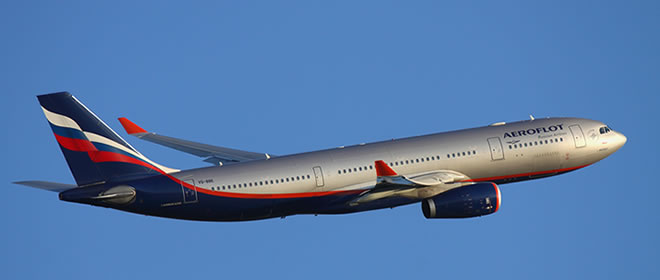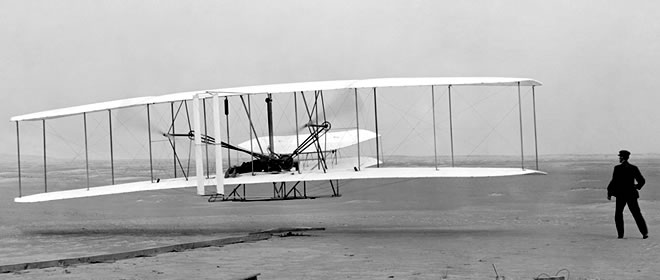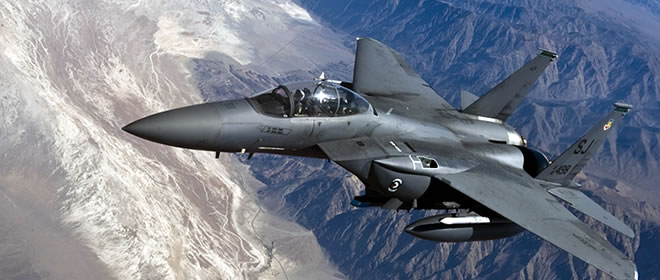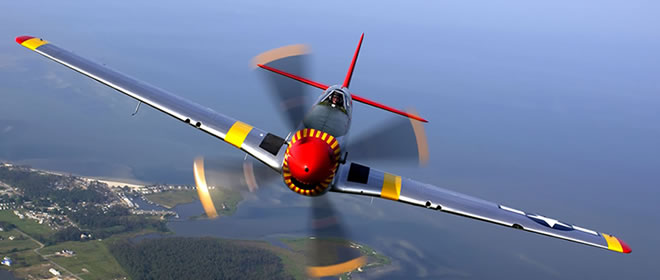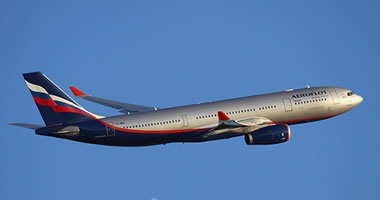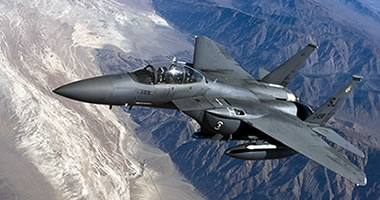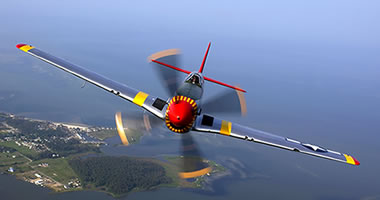Thorney Island
THORNEY ISLAND: Military aerodrome later a gliding site
Note: First picture by the author. The second picture (2015) was obtained from Google Earth ©
Military users: Interwar years: RAF Bomber Command? 1938 to 1939 (?)
12 Sqdn (Fairey Battles)
WW2: RAF Coastal Command:
School of General Reconnaissance (Avro Ansons)
22 Sqdn (Vickers Vildebeest later Bristol Beauforts)
48 Sqdn (Avro Ansons)
59 Sqdn (Blenheims, Hudsons, Boeing B-17 Flying Fortress’ and Consolidated Liberators)
86 & 217 Sqdns (Bristol Beauforts)
233 Sqdn (Lockheed Hudsons)
279 (ASR) Sqdn (Lockheed Hudsons)
280 (ASR) Sqdn (Avro Ansons, Vickers Warwicks)
404 (RCAF) Coastal Fighter Sqdn (Bristol Blenheims, Beaufighters later Mosquitos)
407 Sqdn (Bristol Blenheims, then Lockheed Hudsons and finally Vickers Wellingtons)
415 (RCAF) Sqdn (Handley Page Hampdens & Bristol Beauforts)
489 (RNZAF) Sqdn (Bristol Blenheims & Handley Page Hampdens)
RAF Fighter Command?
21 & 477 Sqdns (Mosquitos)
Post 1945: (1948 to 1950)
36 Sqdn (DH Mosquitos)
222 Sqdn (Gloster Meteors)
1953: 201 AFS [Advanced Flying School] (Vickers Varsity T.1)
No.1 & No.2 Air Navigation Schools (Vickers Varsity T.1)
(1955 to 1976) 22 SAR Sqdn (Westland S.55 Whirlwinds)
(1960s): 242 OCU (Blackburn Beverleys later Lockheed Hercules)
(1970s): 242 OCU plus 46 Sqdn (Andovers)
Location: Surrounding West Thorney from N through W to S, 2nm S of Emsworth
Period of operation: 1938 to 1985? Some say RAF from 1937 to 1976. Under Army control from 1982 for non flying activities, (see BAKER BARRACKS for flying use). In the period between 1976 and 1982 it appears Britten-Norman used this site temporarily for storage. In 2000 it seems that gliding was taking place….(has this been going on for much longer?)…and it certainly seems AAC helicopters have occasionally visited for many years plus possibly some limited GA use (see below).
Runways: WW2: 01/19 1490x46 hard 05/23 1554x46 hard
12/30 1234x46 hard
NOTES: There was one statistic which caught my eye, in late 1944 it seems the RAF had 3636 men plus 508 WAAFs stationed here. This is a huge number at that time, over 50% more personnel than at most major bomber bases in fact - so what was the reason? Also, and so typical of many Coastal Command bases all the runways were of non-standard length.
In addition to the exploits of Mosquito squadrons based at LASHAM, and elsewhere of course, another remarkable raid was made from here and once again I will quote Robert Jackson from his book Britain’s Greatest Aircraft : “On 31 October 1944, another Gestapo HQ, this time at Aarhus in Denmark, was attacked by twenty-five Mosquitoes of No.140 Wing, led by Wing Commander Bob Reynolds. The mission was flown from Thorney Island, the Mosquitoes carrying a total of thirty-five 500lb (227kg) delayed-action bombs. A fighter escort was provided by eight Mustangs. The Gestapo HQ was located in two adjoining buildings that had previously formed part of the University of Aarhus; once again, the Mosquito crews were faced with the problem of making an effective attack while causing minimum damage to civilian property. They did so brilliantly, leaving the headquarters shattered and ablaze. More than 200 Gestapo officials were killed in the attack, and all the files on the Dutch (sic; Danish) resistance movement were destroyed in the fire. One Mosquito actually struck the roof of the building, losing its tail wheel and half its port tailplane. Despite the damage; it flew home – a testimony to the aircraft’s ruggedness.”
Many Mosquito crew members are adamant that if they were flying any other type of aircraft they definitely would not have survived, given the amount of damage suffered. Whether this is correct or not it certainly illustrates the very high regard Mosquito crews had for the type. A raid of this type also illustrates the astonishing progress the RAF had made in just four years regarding bombing accuracy. Elsewhere in this Guide I have given examples that illustrate how virtually useless Bomber Command was in the early years of WW2. It appears that, on average, only one per cent of bombs dropped hit the target and many landed more than five miles away! High level bombing accuracy had also increased beyond recognition because of, in part, Mosquitos used by the Pathfinder squadrons.
A STORY
In an article in Light Aviation magazine (September 2018) Rex Coates tells us that when in the RAF and based at THORNEY ISLAND; "...an Indian mechanic who happened to have a PPL decided to steal a Vickers Varsity one evening. He flew it to Bordeaux before crashing it."
A CHANGE OF PACE
242 OCU used Handley Page Hastings here, quite a change from the WW2 activities.
GA ACTIVITIES?
Later this area became part of SUSSEX and it appears that a limited amount of GA activity was still taking place here in the mid 2000s. There may well have been some limited GA activity going on in the 1970s as I’ve found a listing for THORNEY in the mid 1970s with two aircraft based here; Cessna 182K G-AVGY registered to Mr H E Peacock and Morane Saulnier M.S.885 Super Rallye G-AWXY registered to J & B Fowler. But was this ‘THORNEY’ the famous THORNEY ISLAND aerodrome or another THORNEY possibly in NOTTINGHAMSHIRE, SOMERSET or elsewhere?
In 2012 an AAIB report (EW/G2012/09/20) confirmed GA activity when the Jodel D112 G-BHNL had a mishap. In 2019 another AAIB report (EW/G2019/02/04) lists another mishap to a GA aircraft - the Kolb Twinstar MkIII Xtra, G-MGPX.
OTHER ACTIVITIES
Note: These two pictures were obtained from Google Earth ©
It appears that in recent years microlights have been using the northern end of runway 01/19 and the western end of runway 12/30.
In 2013 a Fly-in by the Vintage Piper Aircraft Club was organised.
MODEL FLYING
Note: This picture was also obtained from Google Earth ©
It appears that the southern end of runway 01/19 has been used for many years by the Chichester & District Model Aero Club. They also use two other sites, a field near Sidlesham north of Selsey Bill, and a slope, presumably for model gliders on the Goofwood Estate.
John White
This comment was written on: 2018-11-09 20:22:48RAF Fireman At Thorney in 1960to 1961
We'd love to hear from you, so please scroll down to leave a comment!
Leave a comment ...
Copyright (c) UK Airfield Guide

